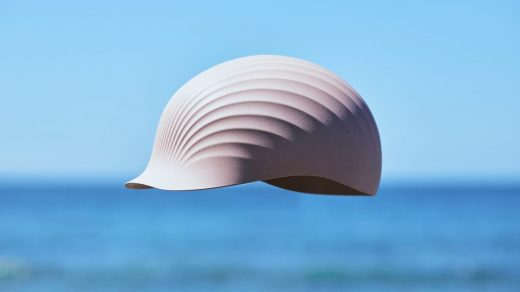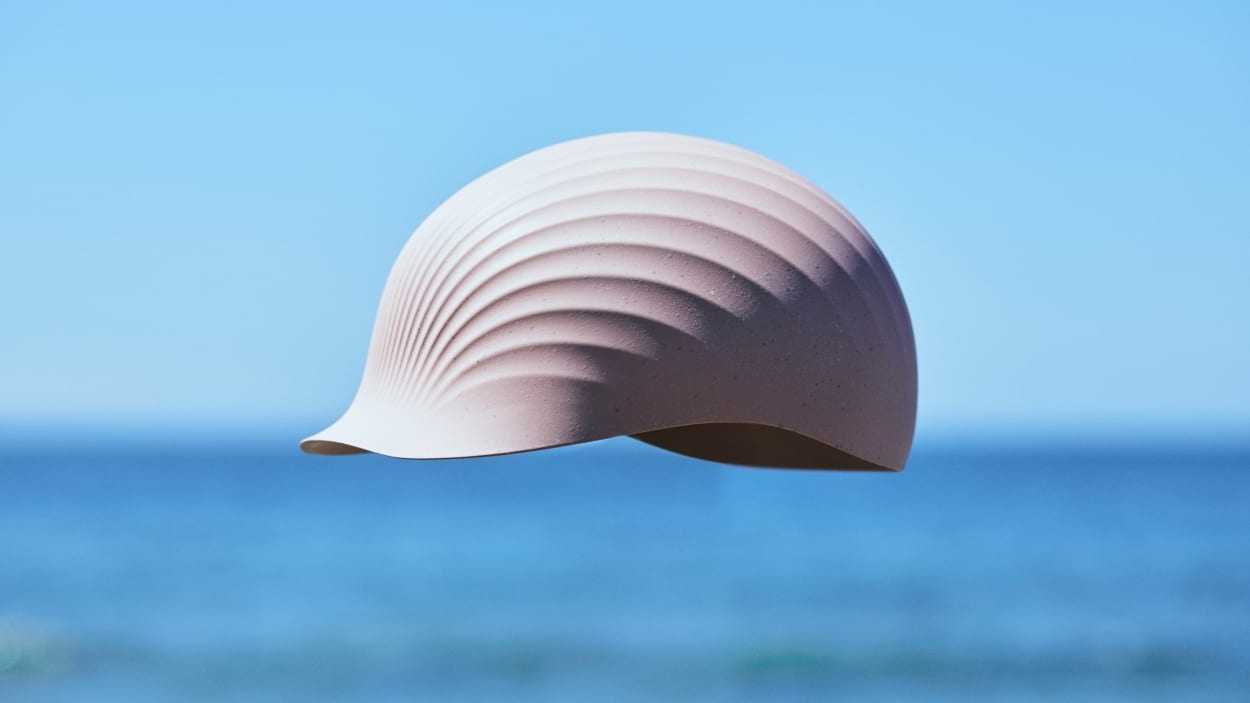The Shellmet is an ultra-strong helmet made from scallop shells
Perched on the northernmost tip of Japan, the island of Hokkaido is known for its volcanoes, natural hot springs—and tender, sweet, sashimi-grade scallops. The region’s seafood industry, however, has a pretty foul side, which comes in the mountainous form of 40,000 tons of discarded scallop shells every year. For the Japanese design agency TBWA\Hakuhodo, this problem, which extends to countless industries, raised a question posed by an increasing number of designers: “What if scallop shells could become a new resource instead of waste?” says Masatoshi Usami, creative director of TBWA\Hakuhodo.
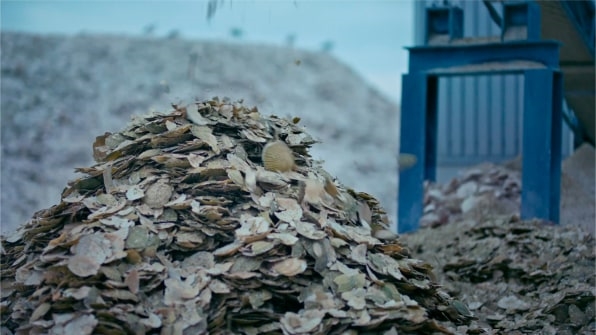
Usami and his team are now transforming discarded shells into a new material called Shellstic—like plastic, but with about 20% to 50% shells. After one year of development, the first major product to be made with the material (after bag fasteners and gas cylinder caps) is a helmet made from scallop shells that are boiled and sterilized, crushed into powder, and poured into an injection mold with recycled plastic, plus “small quantities” of other binders. It’s called a Shellmet and was developed in collaboration with Osaka-based manufacturer Koushi Chemical Industries.
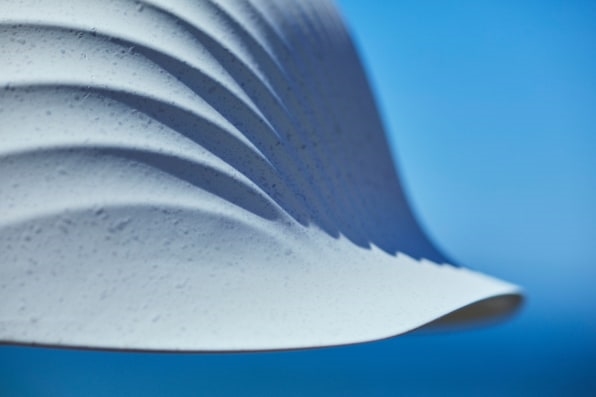
But the shells did more than contribute to the material of the helmet—they also inspired the design of it. Following the concept of biomimicry, whereby human-made designs draw inspiration from nature’s processes, the Shellmet has a ribbed surface that mimics the structure of a scallop shell.
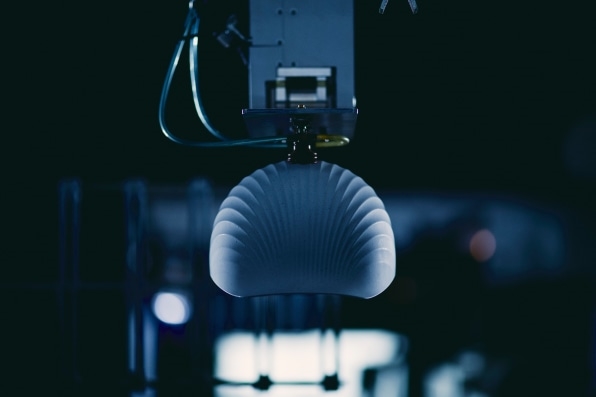
Based on a computer simulation, the ribbed design could reduce stress by 30% compared to a helmet with a smooth surface. “Shells that have survived and endured the harsh environment have eventually equipped themselves with structures that exhibit high strength,” says Usami. “Shells that have protected themselves from external enemies are now reborn to protect human lives.”
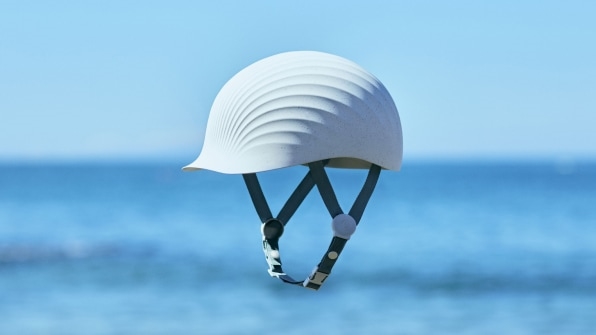
As for the overall silhouette of the helmet, its designer, Shintaro Monden, explains that it was important to abstract the shape of a scallop shell in order to convey the product’s story without it looking like a gimmicky shell-shaped cap: “It would look ridiculous, and people would not want to use it.”
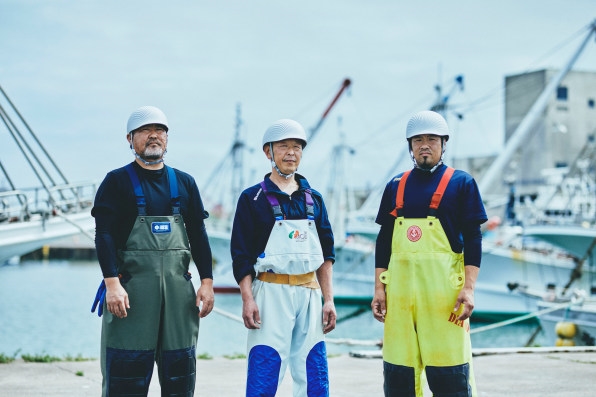
When the Shellmet officially launches at the end of March—for 4800 Japanese yen each (about $36)—the team is planning to donate 100 to 200 helmets to scallop fishermen in Sarufutsu, the largest village in Hokkaido. (The Shellmet is especially designed with no slits or ventilation holes to allow fishermen to work in inclement weather.) By then, the helmet also should be certified for use as a safety helmet in Japan, making it suitable for construction-site workers, cyclists, and natural-disaster responders. If it gains the necessary certification, it may well become one of the most charming pieces of protective gear on the market. All thanks to a 200-million-year-old mollusk.
(14)

